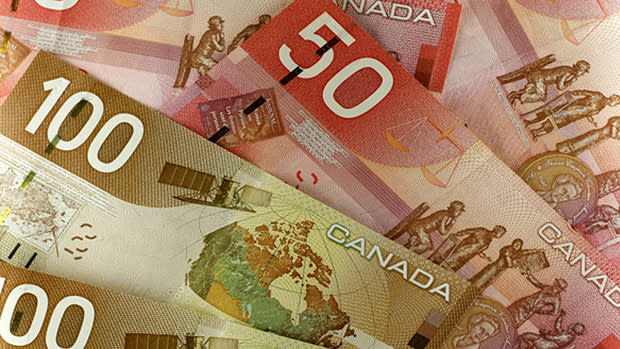2012 income tax refund: How to spend it wisely

So, you scrimped and saved and contributed to your registered retirement savings plan (RRSP) before the March 1st deadline. Congratulations.
Now, the fun part: Deciding what to do with your tax refund.
If you’re not sure how much you will be receiving from the Canada Revenue Agency there are several RRSP refund calculators online. The only information required is your annual income, your contribution and your home province.
It’s important to know basic refund calculators assume regular income tax payments were deducted from your paycheque by your employer throughout the year. The deductions are based on what you are expected to make through the year. If that’s not the case, or you declared income you made on the side, you might still owe money.
If it turns out you are getting money back, take a deep breath and think about your future before blowing it on a crazy weekend in South Porcupine, Ont.
Here are three ways to use your refund to advance your financial plan.
Slay that debt monster
If you borrowed money to make your RRSP contribution, paying it back should be the first priority. Many financial institutions advertise RRSP loans as a way to borrow against the refund, yet they fully expect many customers won’t follow through. It’s a ploy by the bank to get money out of you from two sources – interest on the loan and management fees on the investment you eventually make in your RRSP.
If you didn’t borrow to make a contribution, review all your debt and pay down the highest interest loans. Balances owning on the major credit cards generate interest payments in the high teens to as high as 30 per cent. Every $100 paid against debt with a payback rate of 20 per cent is a gain of $20 plus compound interest.
Debt consumes savings and no financial plan can move forward unless it is being reduced.
Get to know your TFSA
All this talk of RRSPs over the past few weeks may leave your TFSA feeling neglected. A tax free savings account is a great compliment to an RRSP for two reasons:
1. TFSAs are better suited for short-term goals, such as home renovations or buying a car, because the funds can be withdrawn at any time with no tax consequences.
2. Since money in a TFSA is not taxed when withdrawn, it could come in handy in retirement if withdrawals from an RRSP are too large and put the plan holder into a higher tax bracket. Funds from a TFSA can top up needed income for a retiree, tax-free.
The total contribution limit on a TFSA is currently $25,500 but assuming the federal government continues to boost the allowable limit by $5,000 a year, a TFSA can be a tax-saving force to be reckoned with in retirement.
Get a jump on next year’s RRSP contribution
If RRSP season is traditionally a time of panic and anxiety, why not break the cycle? Using your RRSP refund from last year as a contribution this year is a great way to get ahead of the game.
It can also result in bigger savings if you expect to make more this year than last year.
Getting a jump on this year’s contribution can also become the start of a plan to make regular payments to your RRSP and avoid rushing near the deadline altogether.
Talk to your plan administrator about making automatic RRSP payments to coincide with your payday. By spreading contributions through the year the payments will be smaller, the money can grow longer, and after a while you will barely notice the deductions. You can also breathe easier come next February.

 Yahoo Finance
Yahoo Finance 